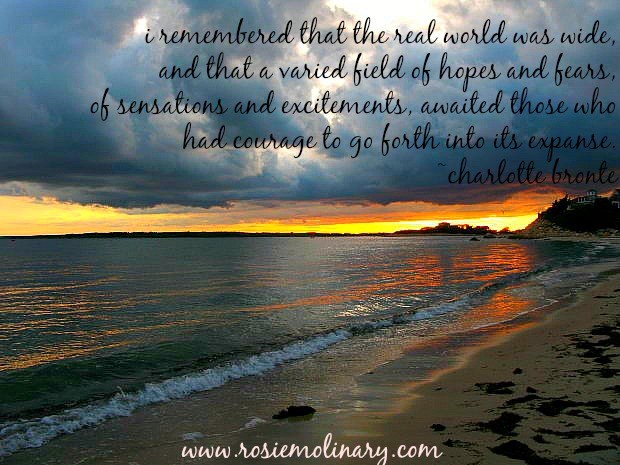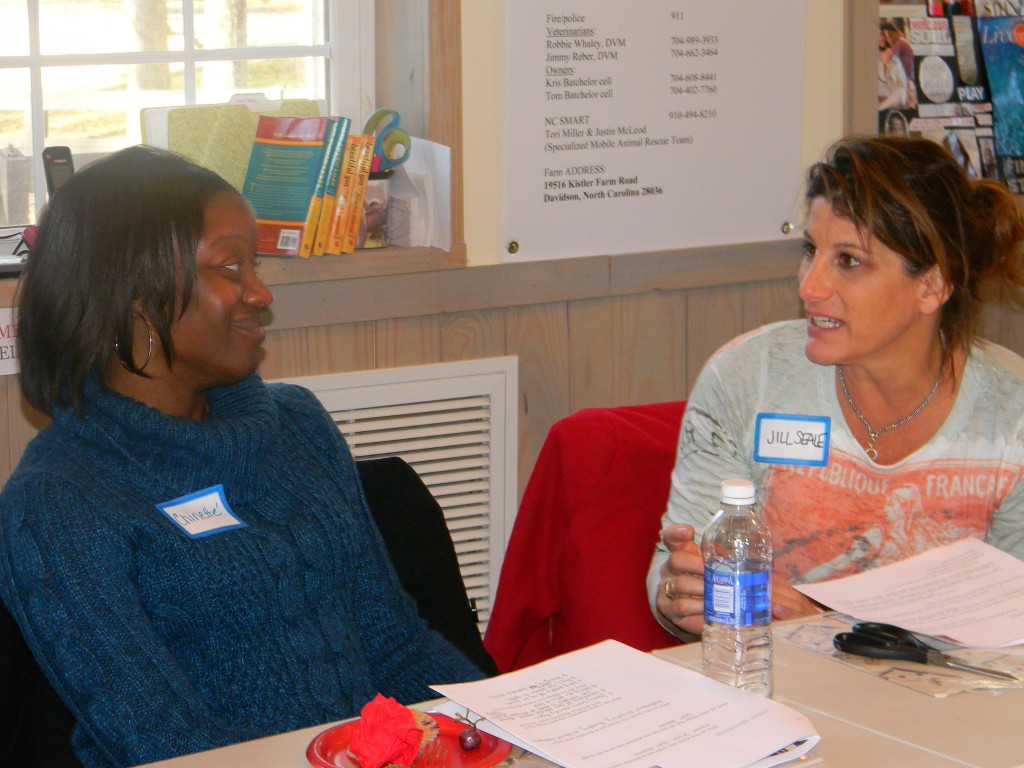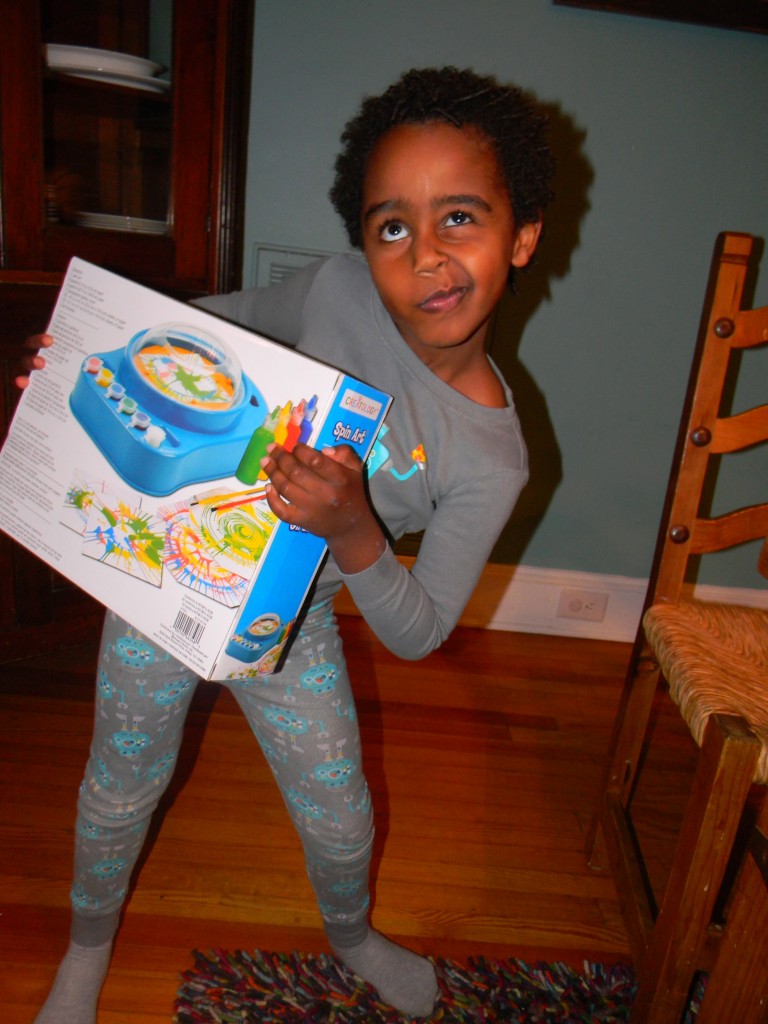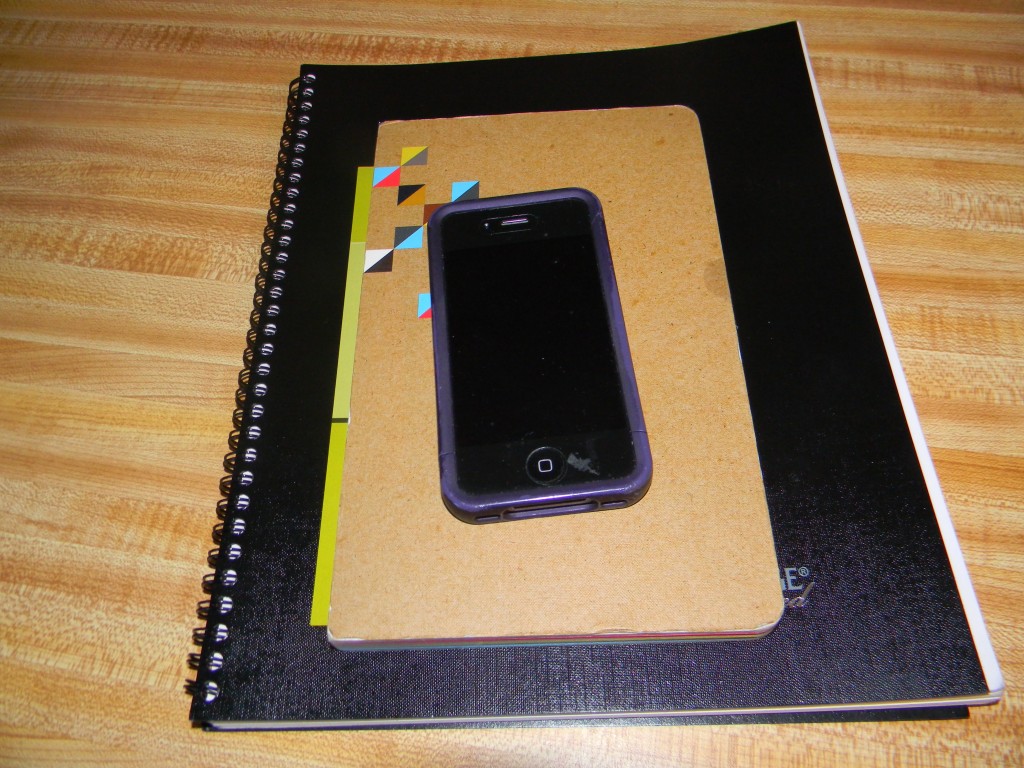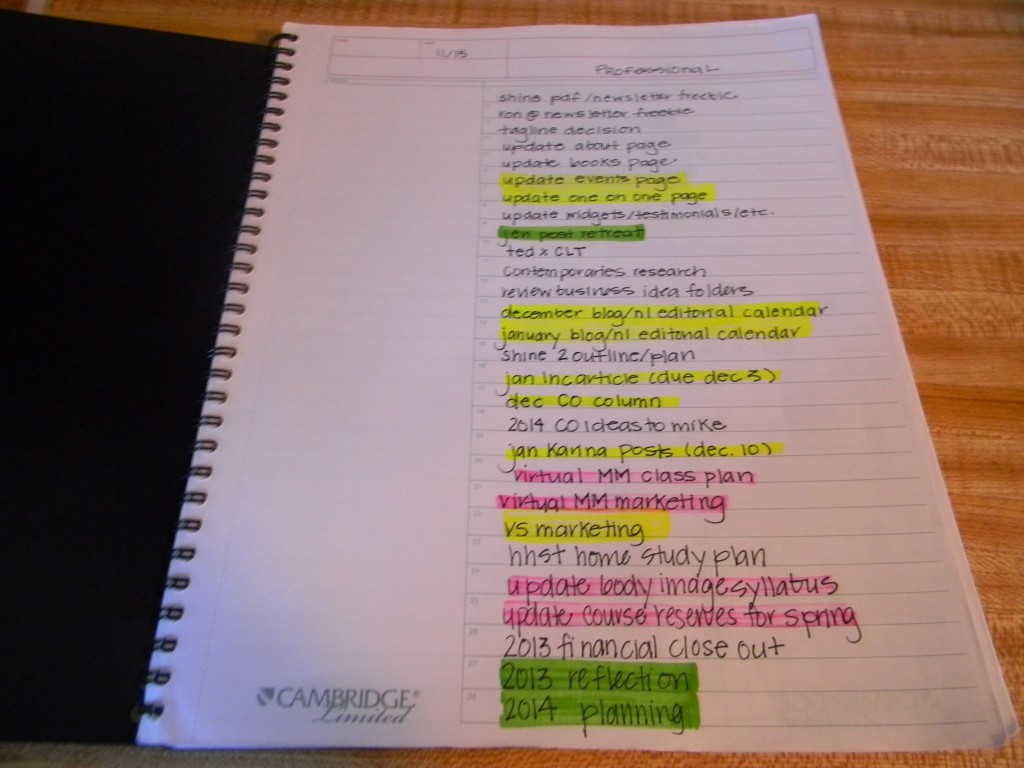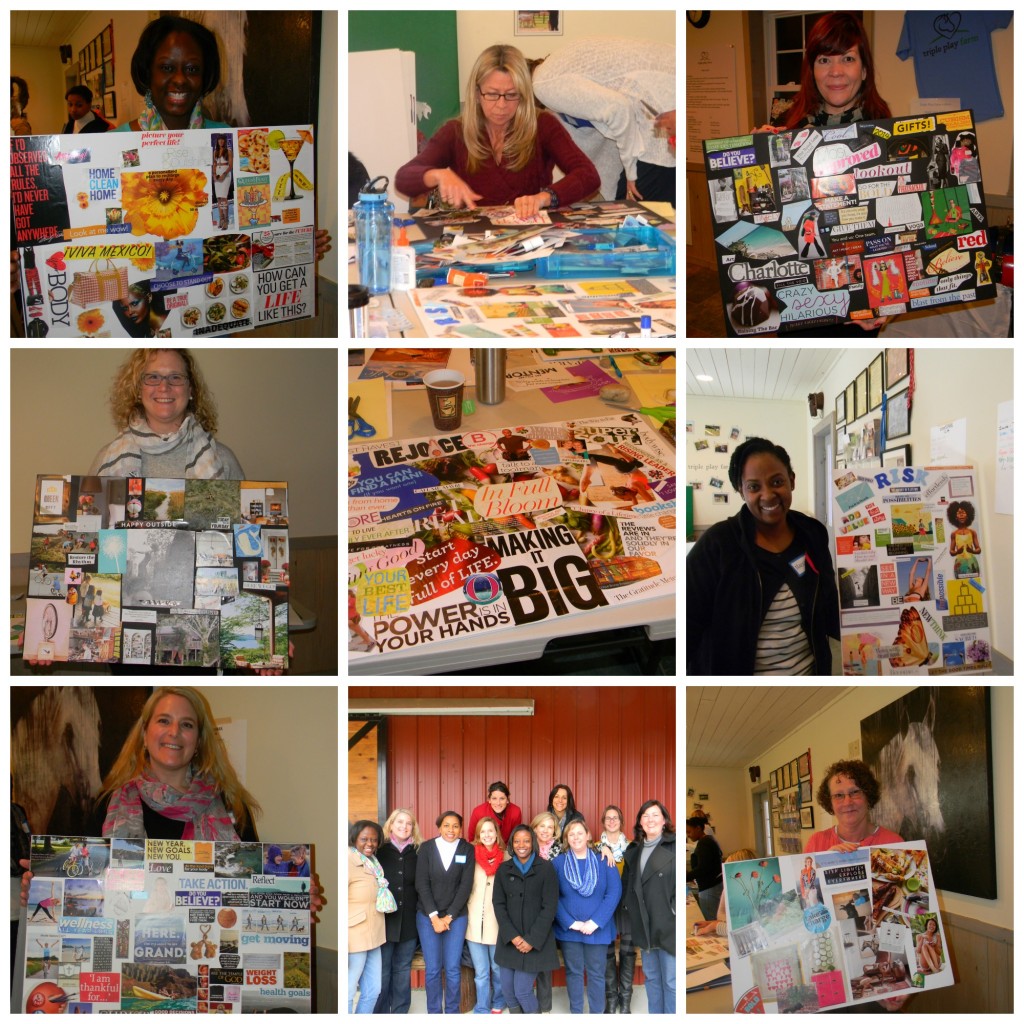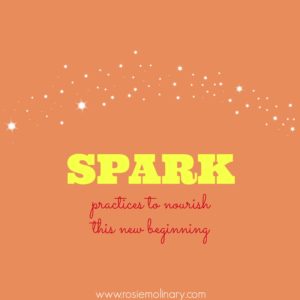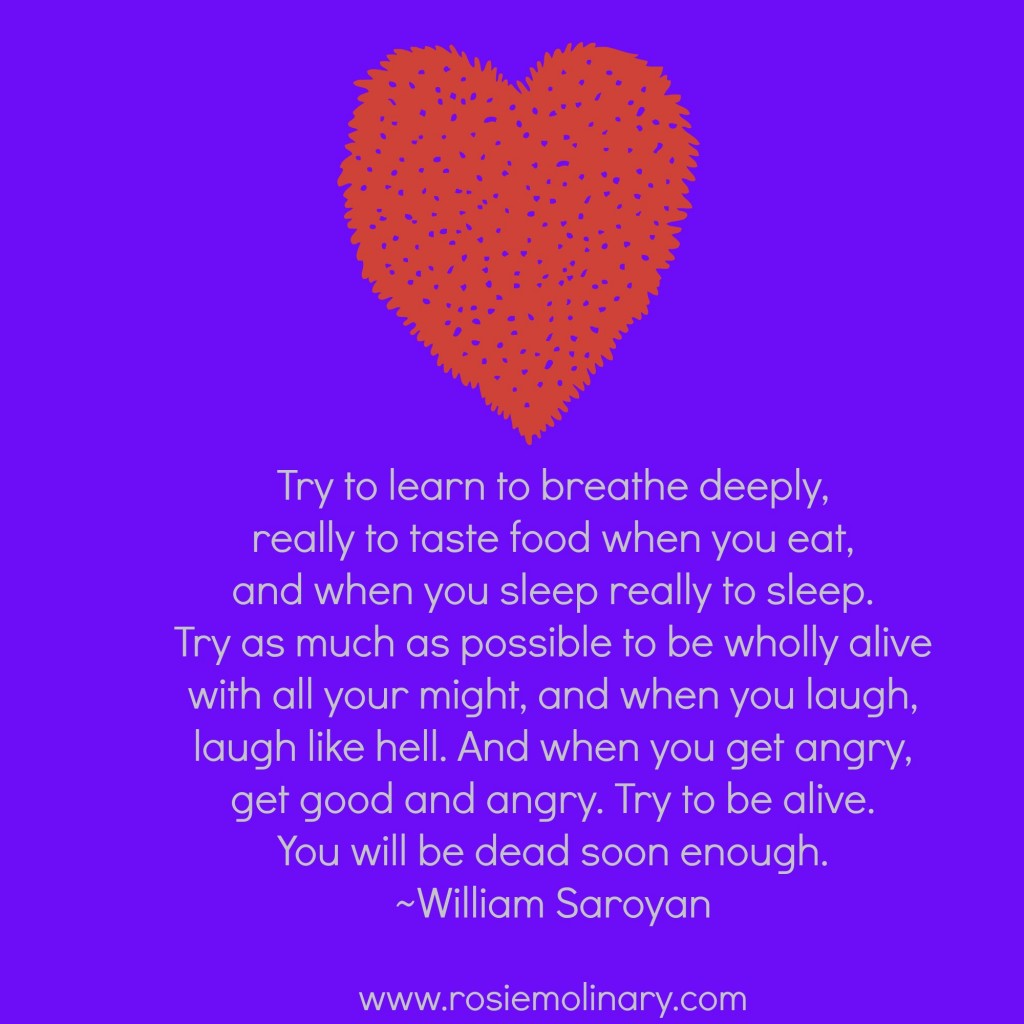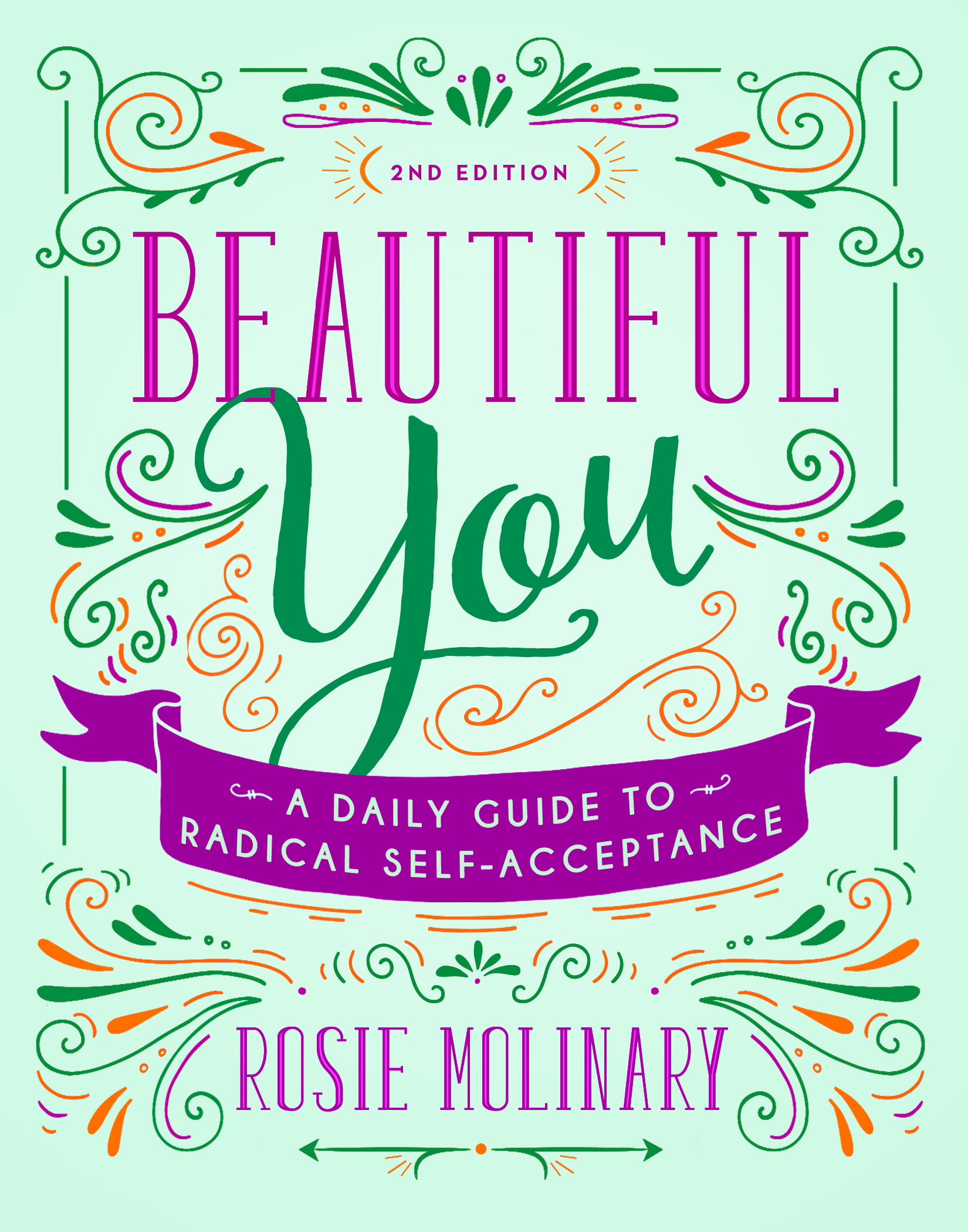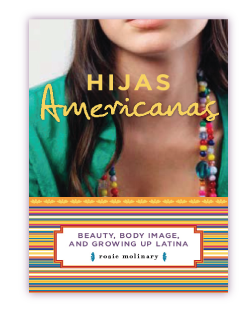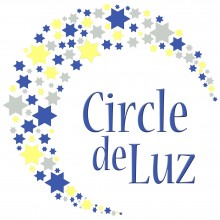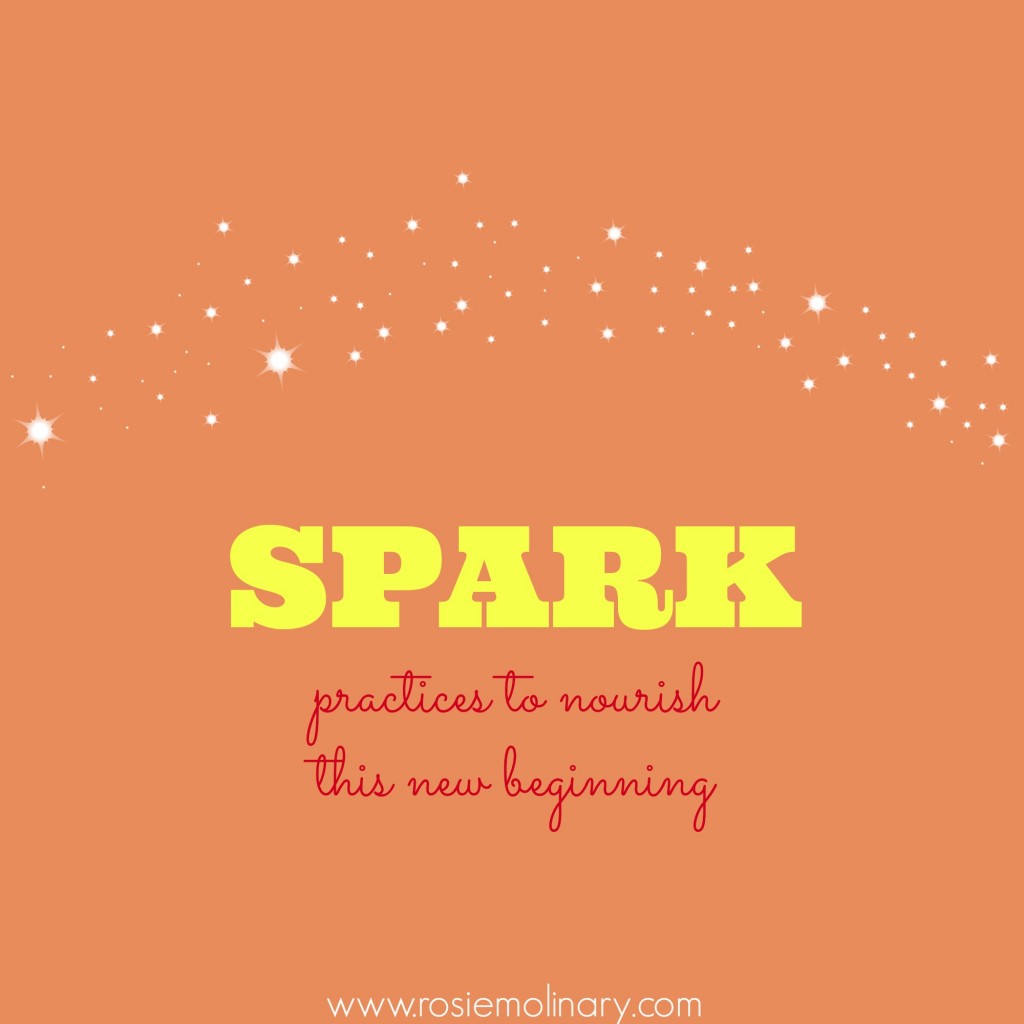
Happy New Year and welcome to SPARK! What is SPARK? For the long version, read this post. The short version is that I will spend the month of January offering practices and exercises here that are meant to help each of us establish a thoughtful, beneficial foundation for the new year. So welcome to Spark! Let’s get started…
If you are like me, you awoke on January 1st with a feeling of possibility. A whole new year awaits us. Anything could happen. And while the year ahead will have surprises for us that we never could have imagined, it is also very malleable and eager for us to fashion it into what we want from it.
Because I have seen in my life that intention makes all the difference, I like to start every year with a few rituals and today I am excited to share one of them with you (I will be sharing more of them throughout Spark).
In our culture, the approach to the new year that we are most often taught is to make a list of things to do. And you all know me. You know that I LOVE a list. I can boss a list like no one’s business. But I was the boss of just lists for a long time and what I found out about living that way was that it just meant that I worked my tail off and that the result of that was often an exhausted feeling of inadequacy that wasn’t healthy for my soul. And I desperately wanted to create a life where my soul was healthy and I was offering really meaning to the world around me.
What I was doing for a long time was exactly what I was taught to do. If you do all these things, we are told, then you can be seen as X and if you are seen as X, then you can finally be Y. For example, we tell people that if they study and work hard, they can have crazy, successful careers and once you have crazy, successful careers, you can earn a lot of money and once you earn a lot of money, you are worthy. We are taught that achievements make us worthy (money, advanced degrees, losing weight, etc.). But that’s not true. We are worthy simply because we exist.
So, years ago, I decided that I had to rewrite the script.
I was 23 years old and a first year teacher, and I was trying to do everything really well because everything felt so urgent. There was one student’s alcoholism, another’s addiction. There was the fact that all of my students had to pass an end of course test in order to become seniors (I was an important step between them and their high school graduation). There was the fact that one of my soccer players was flirting with an eating disorder, and another loathed herself and everyone else. There was my frustration with various leaders in my school and in the school system because they didn’t seem to grasp reality. Every day, I felt like I had whiplash from running from one fire to another. Meanwhile, drug dealers were catching lockers on fire to distract from their dealings. I couldn’t figure out where to focus, because, damn it, there was so much to focus on. And so I got quiet and told myself I had to find a way to focus my energy. I had no language for what I was doing yet. I just knew that I needed to ground myself. And in the quiet that surrounded me, one simple word bubbled up.
Voice.
I wanted to use my voice to instigate my students to find their own so that they could be more safe and autonomous in the slippery worlds they found themselves in. I wanted to ground them in themselves and helping them find their voice gave me a mission. Moreover, it gave me clarity about using my own voice. I need to encourage their voices, yes, but I also wanted to use my voice in ways where I could have a positive impact. For a girl who had been a consummate pleaser until then, finding my voice would prove to be a game changer for me (a couple years later, I would be so certain that voice made all the difference that I would leave my classroom and head off to get an MFA in Creative Writing and giving voice would become a root part of my mission; growing beyond just word of the year inspiration).
When I saw what a difference having a word to ground my teaching career in made, it became a staple in my life. Having a word for the year allowed me actually start each year focusing on what really matters: not whether or not I lose weight or get a new car or find the love of my life but who I am and how I am in the world. A word for the year gives me the opportunity to honor the fact that our entire lives are journey. That we are always growing and that by choosing a word for the year, we really choose in reverent awareness how we wish to grow while making sure that we happen to life (instead of life happening to us).
And so, today, I want to invite you to choose a word for 2014 that allows you to build a consciousness in you about the type of life you want to have, the ways in which you want to grow and that honors what you most want to feel in your life.
Too often, we blindly make lists of things to do because we think we should. And, yet, those lists can often take us away from ourselves. We look and think, “this isn’t what I wanted.” If you start with how you want to feel in your life, how you want to be in life, then you can’t get that far away from yourself. Figure out who and how you want to be first and then your to dos come from a heart space and not a should do space.
The thing that matters most in our growth is articulating how we want our lives to feel, how we want to feel, really assessing who and how we want to be in the world. Because when we know that, we can build a life that allows us that feeling and then every day feels like we are living in our true calling.
Intention setting is about having an internal resolve and a desire to move towards something that will serve you better as you move forward. It is claiming the desire to live your life in a certain way so that things happen on purpose rather than by accident. It is making life happen by your choices, energy, and focus rather than having life happen to you.
After setting an intention, you can claim your vision, and then it is after that vision has been formed that you can begin to move into action (and all those to do lists that articulate and motivate the necessary action).
Ready to get started in choosing your word for 2014? Consider these questions….
What feeling do you want more of in your life? What shift or focus would bring you a greater sense of wellbeing or satisfaction in your life?
What are some of the words you hope will describe your 2014?
If you had to choose a word for 2014 right now, what would it be?
Of note: If you have more than one word in mind, complete the rest of these questions with each word in mind.
Also, as you consider a word, think about words that are broad enough to encompass many aspects of your life yet specific enough to really inspire meaningful growth for you.
Why do you think you need this word and all that it manifests in 2014?
What would embodying this word daily look like for you?
How is this word already a part of your life?
If what ways do you need to better embody this word?
What happens if you don’t grasp this word in your life?
If you embody this word every single day until 2014, how will your life be different on January 1, 2015?
What are some things that incorporating this word into your life will cause you to manifest, create, do, build, complete?
What are some goals you might like to accomplish this year based on this word?
You’ve got a word. Now what?
As for me, I use my word as a powerful touchstone to return to when I need grounding. A few years ago, I choose wholehearted as my word for the year because I really wanted to make sure that everything I did in my life was wholehearted. Having wholehearted as my touchstone reminded me to only commit to activities that I could do wholeheartedly, if a sense of dread overcame me when I received an invitation, I had to say no. And it also reminded me that when I was somewhere, I needed to be there wholeheartedly and not be distracted by where I wasn’t. Returning to the idea of wholeheartedness every time I got an invitation was so clarifying whenever I was invited to do something (it also taught me so much about saying no in my everyday life and in my work and allowed me to really live on purpose).
A cautionary tale: Don’t abandon what you most need for a sexier word. Last year, what I really wanted and needed in my life was EASE. But EASE was so unsexy. So I changed my word for the year to FLOW (at the time that is not how I saw it, but now I can see that what turned me away from EASE was that I wanted a different word, not that I needed a different concept). As it turns out, flow did nothing for me. Nothing. I should have formally broken up with it and changed words mid-stream (see what I did there?). I didn’t. I was just in a constant state of un-ease and ebb (rather than flow).
Use your word as a guide. I always write my word on a stone that I keep on my desk- a constant reminder of who and how I want to be. In addition, you might buy a word of the year necklace to remind you of your commitment. Last year, I got word of the year necklaces for a couple friends from this artist I found on Etsy (I do not have a relationship with her and this is not an affiliate link). The style I chose for my friends was the name bar. One of my Passion. Purpose. Plunge retreat clients last year had the idea of putting her word for the year on a canvas and hanging it in a space she would constantly see it as a reminder of her focus.
Need some inspiration? Check out these gorgeous choices from this past weekend’s visionSPARK participants.
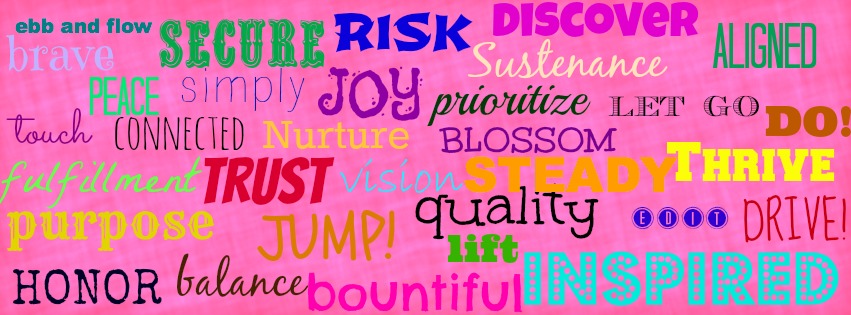
As for me, I am auditioning two words: Abundance and Thrive. We’ll see which one makes the cut but I can promise you that I won’t choose whichever word is more aurally soothing to me. I am going to go with the one that I most need to guide me this year and that most moves me towards the feeling I want to have in my life.
So, what’s your word for the year or which ones are you auditioning? What are you hoping this word will offer you in 2014?
Please share your thoughts here so we can offer each other support and inspiration as we spark our new year!
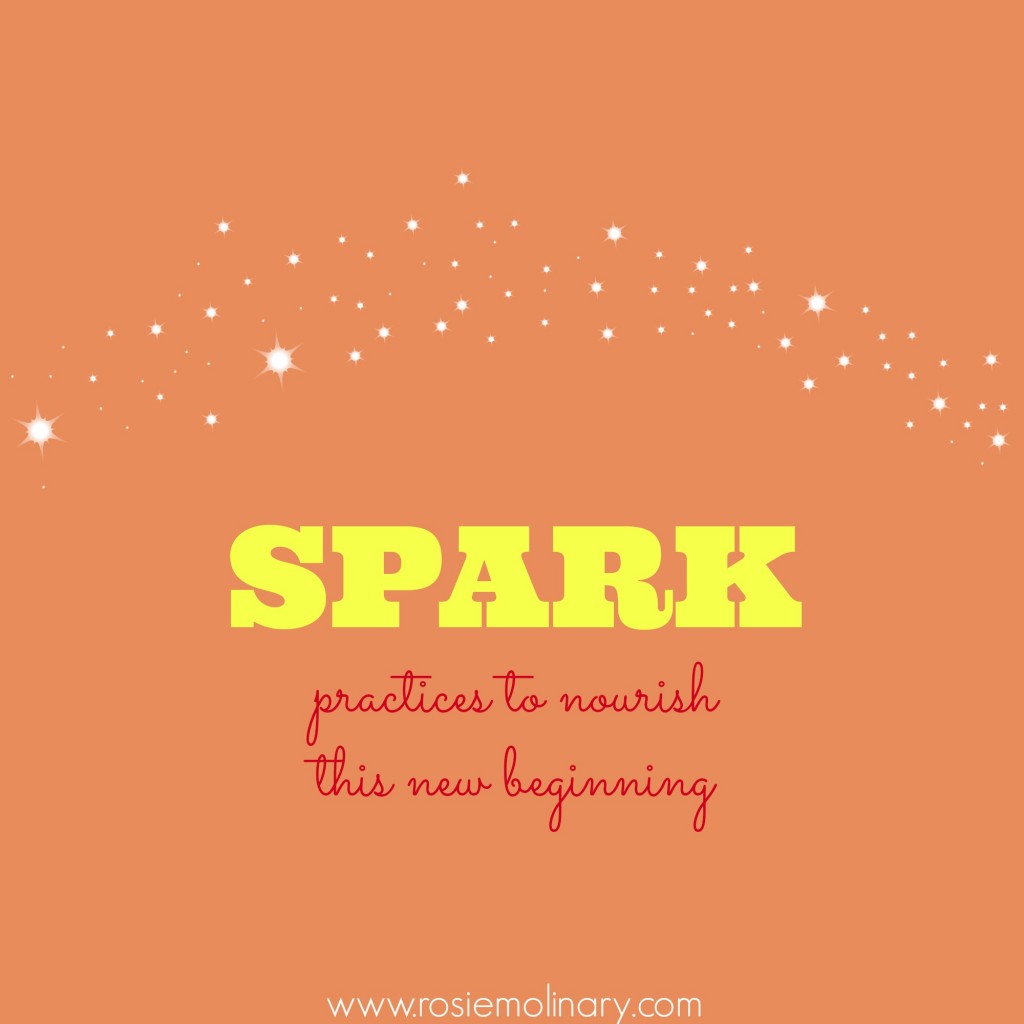
![photo[6]](https://rosiemolinary.com/wp-content/uploads/2014/01/photo6-1024x764.jpg)
